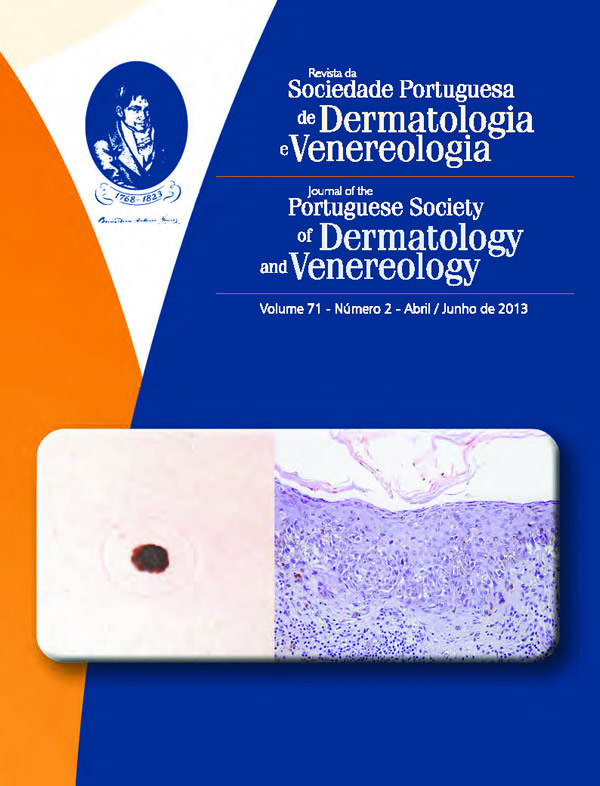PRURIGO AS A MARKER FOR CUTANEOUS HTLV
Abstract
Introduction: prurigo has not been definitively linked to HTLV. However, there are reports of cases with onset of these lesions years before onset of adult T cell leukemia lymphoma (ATLL), as prodrome of neoplasia.
Case Report: A female carrier of HTLV-1 presented pruridermia, xeroderma, hyperchromic papules, with crusted or ceratosic surface on lower limbs. Histopathological examination of the lesion confirmed the impression nodular prurigo. Patient has been treated with hydroxyzine, topical steroids and moisturizers, keeping itching. She continues in regular clinical follow without evidence of hematologic malignancy yet.
Discussion: The nodular prurigo is related to some trigger. The literature does not indicate HTLV infection as a risk factor established, but there are cases report of prurigo with years of evolution before the appearance of ATLL, confirming the importance of serology for HTLV, skin biopsy and investigation of peripheral blood in these cases.
Downloads
All articles in this journal are Open Access under the Creative Commons Attribution-NonCommercial 4.0 International License (CC BY-NC 4.0).








